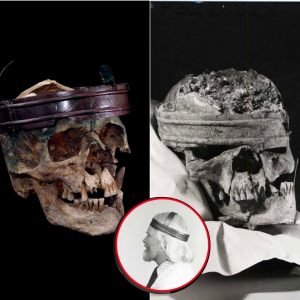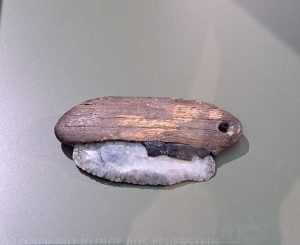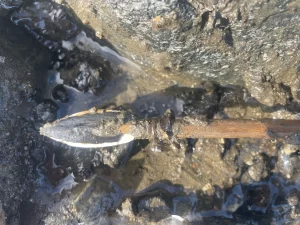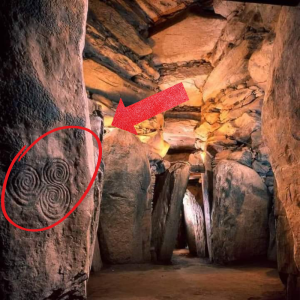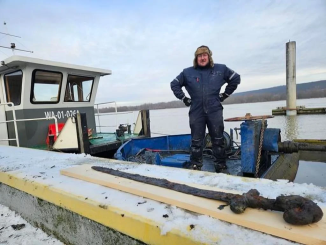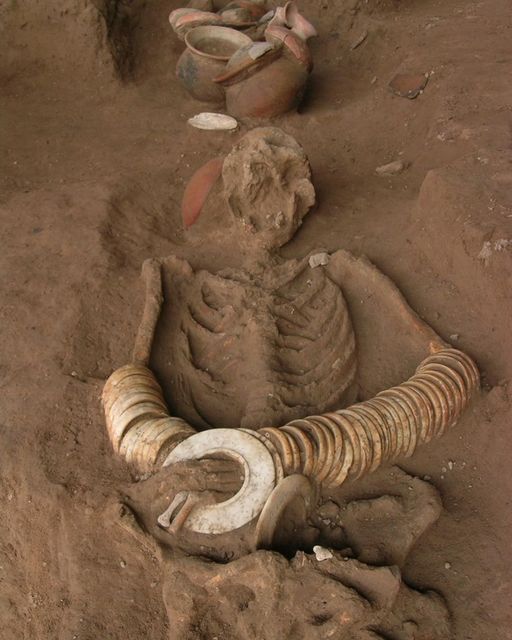
Nestled within the lush landscapes of Thailand lies the archaeological site of Ban Non Wat, a treasure trove of ancient burials dating back to the Neolithic, Bronze, and Iron Ages. Among the remarkable discoveries unearthed at this site is a burial containing the remains of an individual interred with a remarkable array of shell and marble bangles, offering a fascinating glimpse into the cultural practices and customs of ancient civilizations. In this exploration, we delve into the significance of the burials at Ban Non Wat, shedding light on the lives of the people who once inhabited this region thousands of years ago.
Unraveling the Mysteries of Ban Non Wat’s Burials
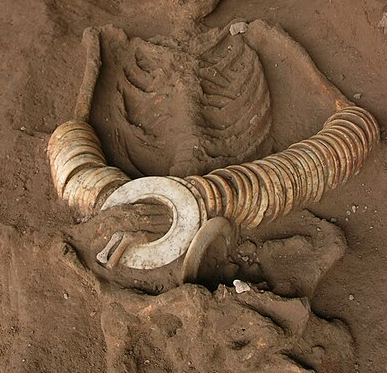
Archaeologists have long been intrigued by the wealth of burials found at Ban Non Wat, which provide valuable insights into the funerary practices and social structures of ancient Thai societies. The discovery of a burial containing an extensive collection of shell and marble bangles dating back to 1000-800 BC is particularly noteworthy, as it speaks to the importance of adornment and symbolism in ancient cultures. These artifacts offer clues about the individual’s status, identity, and possibly their role within the community, highlighting the significance of material culture in understanding the past.
Exploring the Cultural Significance of the Burials
The burials at Ban Non Wat offer a fascinating glimpse into the cultural diversity and complexity of ancient Thai societies. Excavations of the site, which include over 640 burials, reveal a rich tapestry of customs and traditions spanning multiple epochs. From the Neolithic period to the Iron Age, people in this region engaged in a variety of burial practices, reflecting their beliefs, values, and social structures. The presence of elaborate grave goods such as shell and marble bangles underscores the importance of ritual and ceremony in honoring the deceased and ensuring their passage into the afterlife.
The Legacy of Ban Non Wat’s Archaeological Discoveries
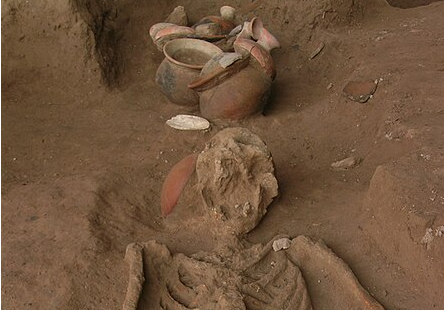
The archaeological discoveries at Ban Non Wat continue to captivate and inspire scholars and enthusiasts alike, offering a tantalizing glimpse into the lives of ancient Thai civilizations. Through meticulous excavation and analysis, archaeologists strive to piece together the puzzle of the past, unraveling the mysteries of Ban Non Wat’s ancient burials and shedding light on the cultural heritage of Thailand. As our understanding of the site grows, so too does our appreciation for the rich tapestry of human history and the resilience of ancient civilizations in the face of time and change.
Conclusion: Reflecting on the Importance of Archaeological Research
In the shadow of Ban Non Wat’s ancient burials, we are reminded of the importance of archaeological research in preserving and understanding the cultural heritage of our world. Through the efforts of archaeologists, we gain valuable insights into the customs, beliefs, and daily lives of ancient civilizations, enriching our understanding of human history and shaping our collective identity. As we continue to explore and excavate sites like Ban Non Wat, we honor the legacies of those who came before us and pave the way for future generations to uncover the secrets of the past.
Archaeological Insights: Unearthing the Secrets of Ban Non Wat
Archaeologists play a crucial role in uncovering the secrets of Ban Non Wat and other ancient sites around the world. Through their painstaking work, they meticulously excavate, analyze, and interpret the artifacts and remains left behind by past civilizations, piecing together the puzzle of human history. As our knowledge of Ban Non Wat continues to evolve, archaeologists remain at the forefront of research, pushing the boundaries of our understanding and preserving the cultural heritage of Thailand for generations to come.
